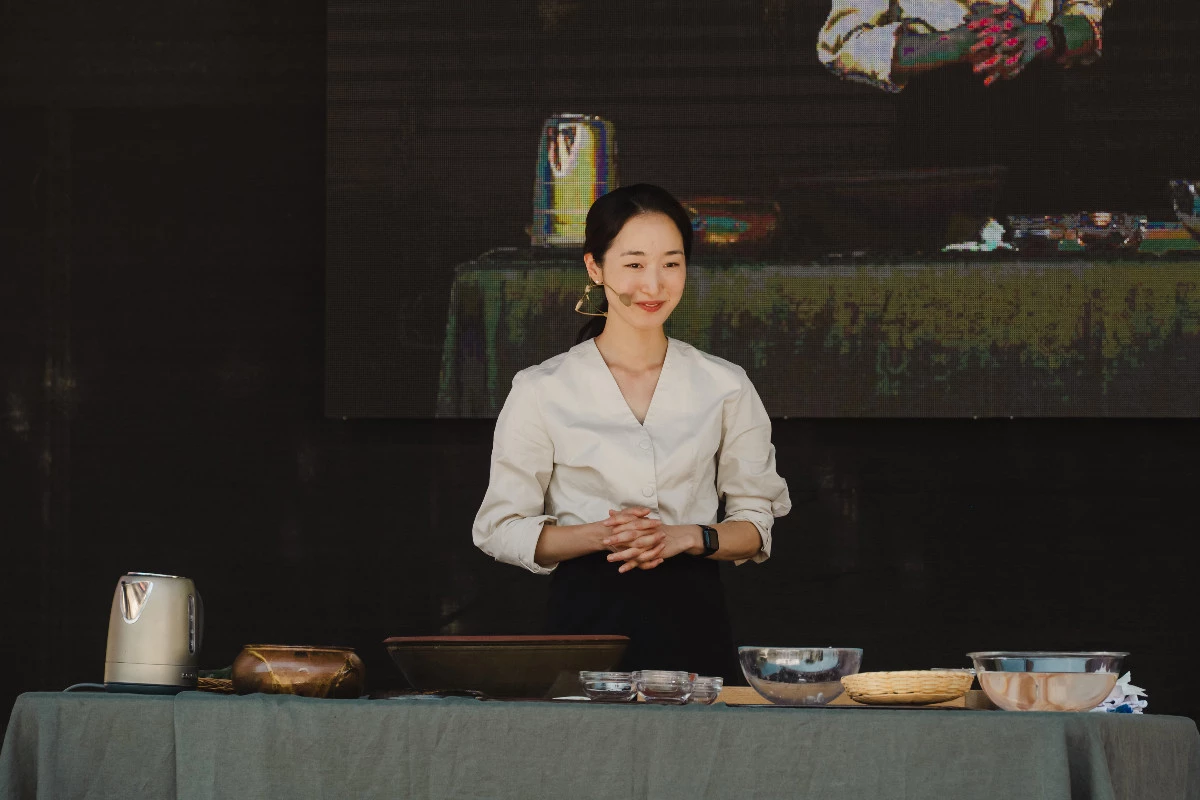
Hansik as a Global Value
Korean cuisine, known as Hansik, has become more than a national culinary tradition — it is now a symbol of cultural identity and health-conscious living worldwide. Rooted in the harmony between nature and humanity, Hansik’s philosophy emphasizes food that nourishes both body and spirit.
At the core of this tradition lie the jangs — fermented sauces and pastes such as doenjang (soybean paste), gochujang (chili paste), and ganjang (soy sauce) — the true essence of Korean flavor, providing dishes with depth, character, and natural.
Hansik’s uniqueness lies in the perfect balance of ancient fermentation methods and modern nutritional science. As more people in the West turn toward sustainable, plant-based, and health-focused diets, Korean cuisine offers time-tested wisdom as a natural answer. It’s no surprise that Hansik has become a global culinary trend — from Michelin-starred restaurants to home kitchens, people around the world are rediscovering the balance of flavor, texture, and wellness.
Korean and Hungarian Chefs Share the Secrets of Fermentation
In early November, the Korean Food Promotion Institute (KFPI) and the Korean Cultural Center in Hungary hosted a series of workshops and lectures led by visiting chefs Minji Kim and Seung-An Oh from Seoul. Together with Hungarian chefs, they explored the science and philosophy of fermentation, showing how jang can become an integral part of local cuisine.
Founded in 2010, the KFPI aims to position Hansik among the world’s leading culinary traditions and to promote the health-focused and cultural values of Korean food globally.
“Jang is not just food — it’s a connection between nature, time, and people,” says Minji Kim, who studied both culinary arts and Korean medicine. Her lectures bridge traditional fermentation and modern cuisine, with a focus on the healing and vegan aspects of jang.
Seung-An Oh, also a lecturer at KFPI, previously worked in luxury hotel kitchens in Dubai before dedicating her career to fermentation education. Her programs combine academic theory with hands-on experience, helping chefs incorporate jang into modern cooking — not as an exotic ingredient, but as a living tradition adaptable to Hungarian gastronomy.

The Month of Kimchi- Celebrating Fermentation
November is not only the season of jang, but also the month of kimjang — Korea’s centuries-old tradition of preparing kimchi for the winter. Families and communities come together to make large batches of this probiotic delicacy, celebrating connection and care through food.
To mark the occasion, Kim Taeyeon, Global Kimchi Ambassador of the World Institute of Kimchi and Director of The Kimchi Institute, visited Hungary to promote the art of kimchi-making — including workshops for students. Based in Europe, she is known for her engaging cooking demonstrations that introduce Korean food culture to local audiences, showing how kimchi can be easily integrated into European diets — even with local vegetables.
“Kimchi is about community, sharing, and care — it’s one of the most beautiful dishes to make together, especially in autumn,” says Kim Taeyeon.